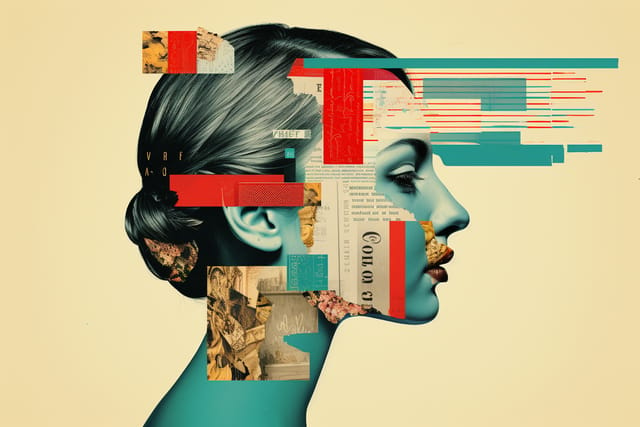Using text and visuals in web design is a crucial way to communicate a message and engage an audience. However, it is essential to create a balance between the two elements so that neither overwhelms the other. By creating a balance between text and visuals, web design can be more effective in creating an engaging and interesting user experience.
Importance of Text in Web Design
Text is key to any website’s user experience, as it conveys information and can help guide users to take the desired action. From headings, titles, and meta descriptions to core content, a website should have enough text elements to provide all the necessary details. This will ensure that users have the information they need to decide, engage with the website, and find what they’re looking for.
Importance of Visuals in Web Design
Visuals are also essential to a website, as they help break up text, because they create an atmosphere and bring a website to life. You can use visuals to help emphasise key points, add colour, define spaces, and visually explain ideas. They can also help create a more memorable and engaging user experience.
Creating Balance
To effectively create a balance between text and visuals, it is important to consider the function of each in the design. Text should provide concise, relevant, and actionable content, while visuals should enhance the overall experience and reinforce the main message. It is also important to carefully consider the role of each element and design the website with this in mind.
Tips for Achieving Balance
You can create a balance between text and visuals in web design in several ways.
- Start with a plan: When designing a website, it’s important to start with a plan. This plan should outline the website’s objectives, the target audience, and the content that needs to be included. This will help ensure that each element is carefully selected to achieve the desired outcome.
- Choose visuals that support the content: The visuals used should be carefully selected to ensure they support the content. They should not be used as a substitute for text but rather to enhance and complement the message conveyed.
- Keep text to a minimum: When designing a website, it is vital to keep the text to a minimum. Content should be concise and to the point, as too much text can be overwhelming and challenging to follow.
- Use clear headings: Clear and concise headings can be used to break up text and provide a guide for the reader. This will help to make the text more manageable and easier to read.
- Create contrast: When using text and visuals, it is essential to create contrast between the two elements. This will help to make them stand out and draw attention. It is important to consider elements such as colour, size, and layout when creating contrast.
Conclusion
Creating a balance between text and visuals in web design can help create a more engaging and memorable user experience. By following the tips outlined above, web designers can ensure that their design effectively achieves the desired outcome.
Build a website that is attractive and easy to use with the help of EMBARK. We are a web design and marketing agency specialising in creating beautiful, user-friendly websites. Our experienced web designers will work with you to create a website that meets your needs. Contact us today to learn more about how we can help.


